Paleontologists in southern Patagonia, Argentina, have unveiled a remarkable 70-million-year-old hypercarnivorous crocodyliform, named Kostensuchus atrox. This predator likely hunted medium-sized dinosaurs, positioning it among the apex hunters of the Late Cretaceous period.
A Formidable Predator
Kostensuchus atrox measured roughly 11.5 feet (3.5 meters) in length and weighed around 550 pounds (250 kilograms). Its broad, powerful snout and robust limbs suggest it was highly adept at capturing prey, while its sharp teeth and strong jaws indicate a diet dominated by other vertebrates. Its physical features reveal a highly specialized predator capable of dominating its ecosystem.
Name and Cultural Significance
The species name combines local and ancient references. “Kosten” refers to the Patagonian wind, while “Suchus” draws from Sobek, the Egyptian crocodile-headed god symbolizing strength and dominance. The term “atrox,” meaning fierce or harsh, reflects the predator’s formidable nature.
Ecological Context
Fossils were discovered in the Chorrillo Formation, a Late Cretaceous site that preserved a diverse ecosystem of crocodyliforms, dinosaurs, turtles, and mammals. The presence of such a large predator suggests a complex food web with intense competition among apex species.
Significance for Research
As one of the most complete peirosaurid crocodyliform fossils discovered, Kostensuchus atrox provides critical insight into the diversity, anatomy, and ecological roles of prehistoric predators. This discovery enriches our understanding of the evolutionary history of crocodyliforms and the intricate dynamics of Cretaceous ecosystems.

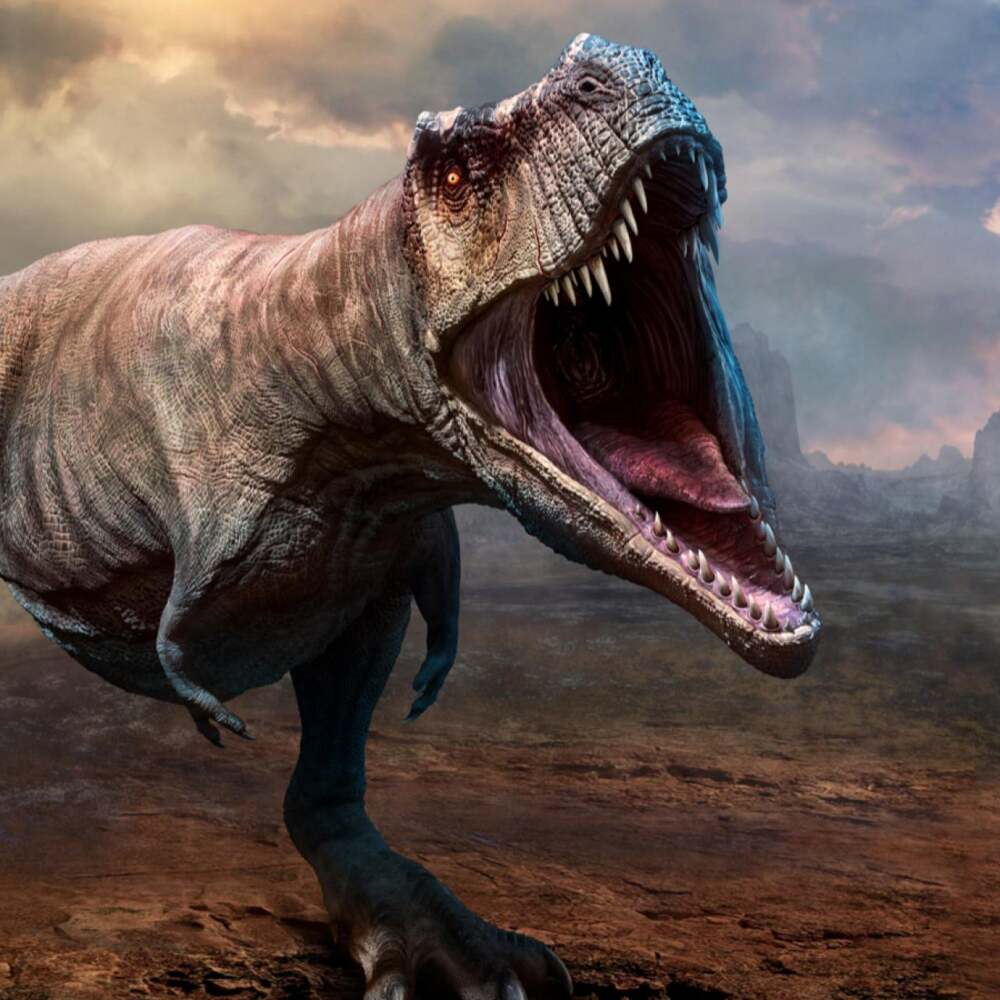





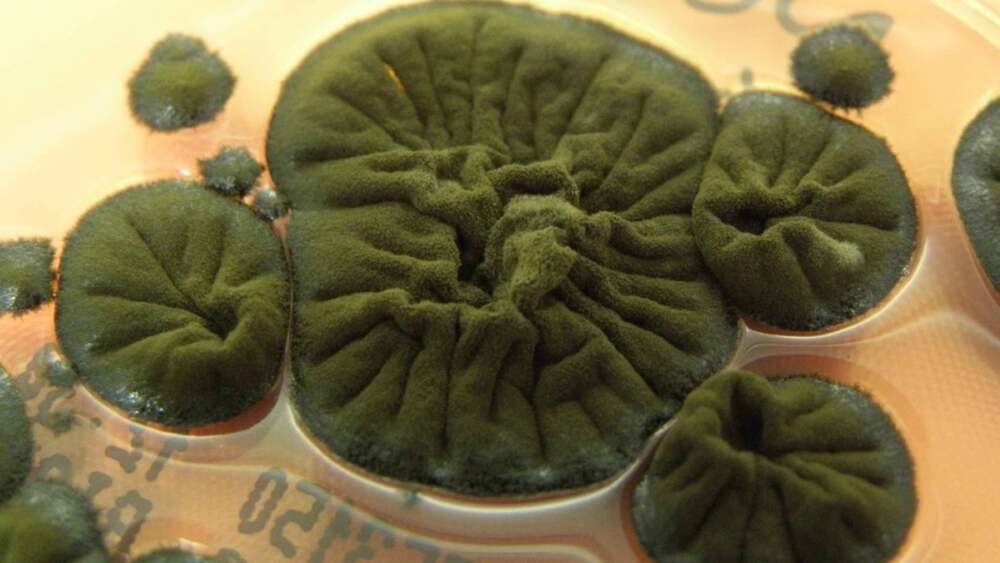
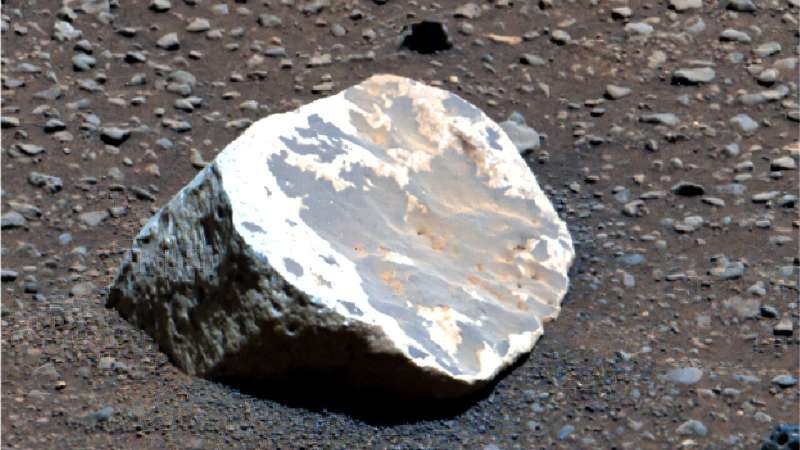
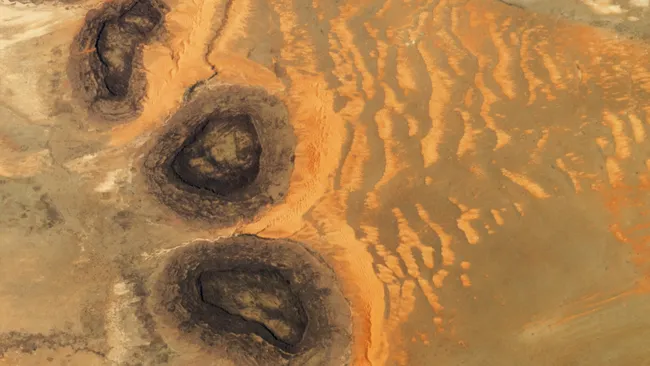

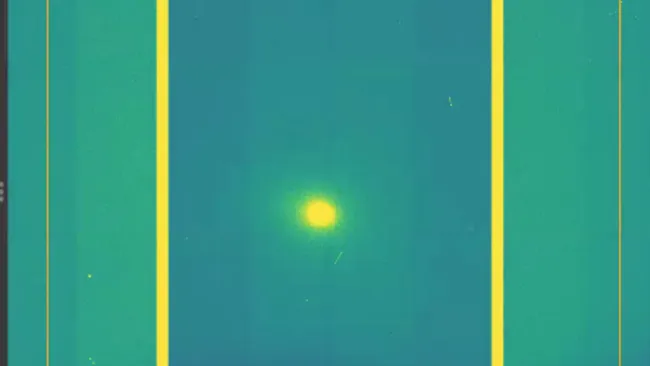




Leave a Reply